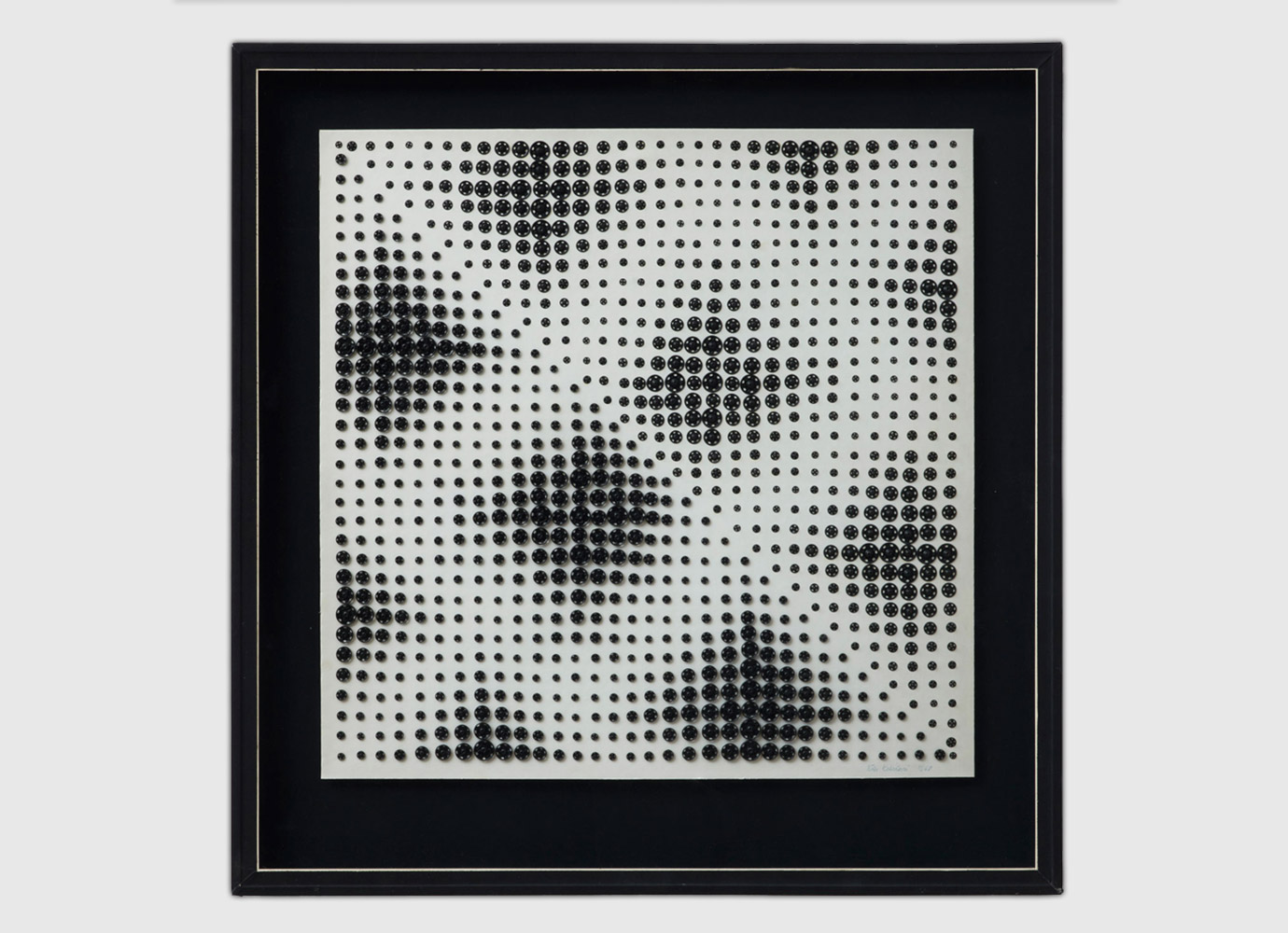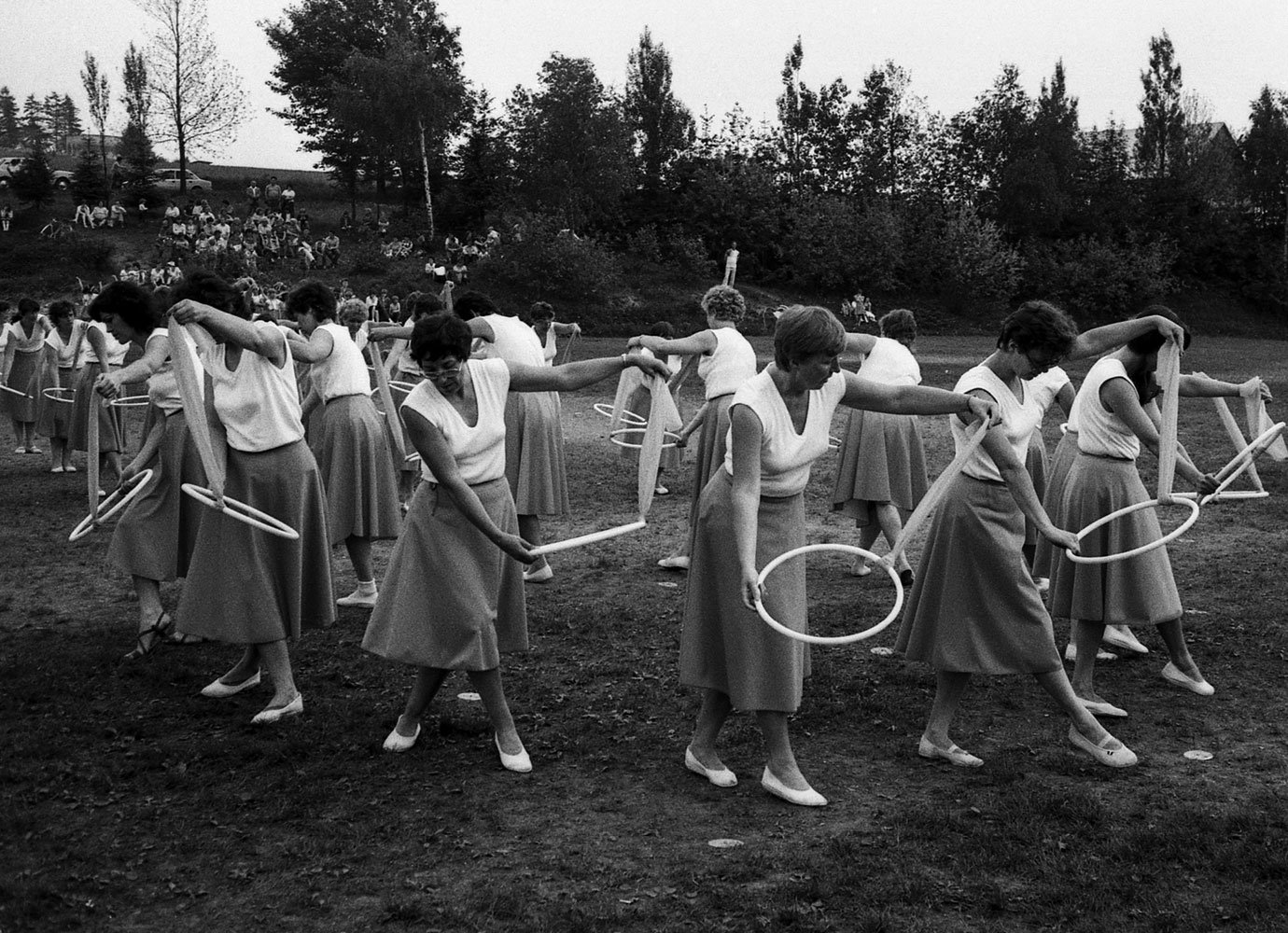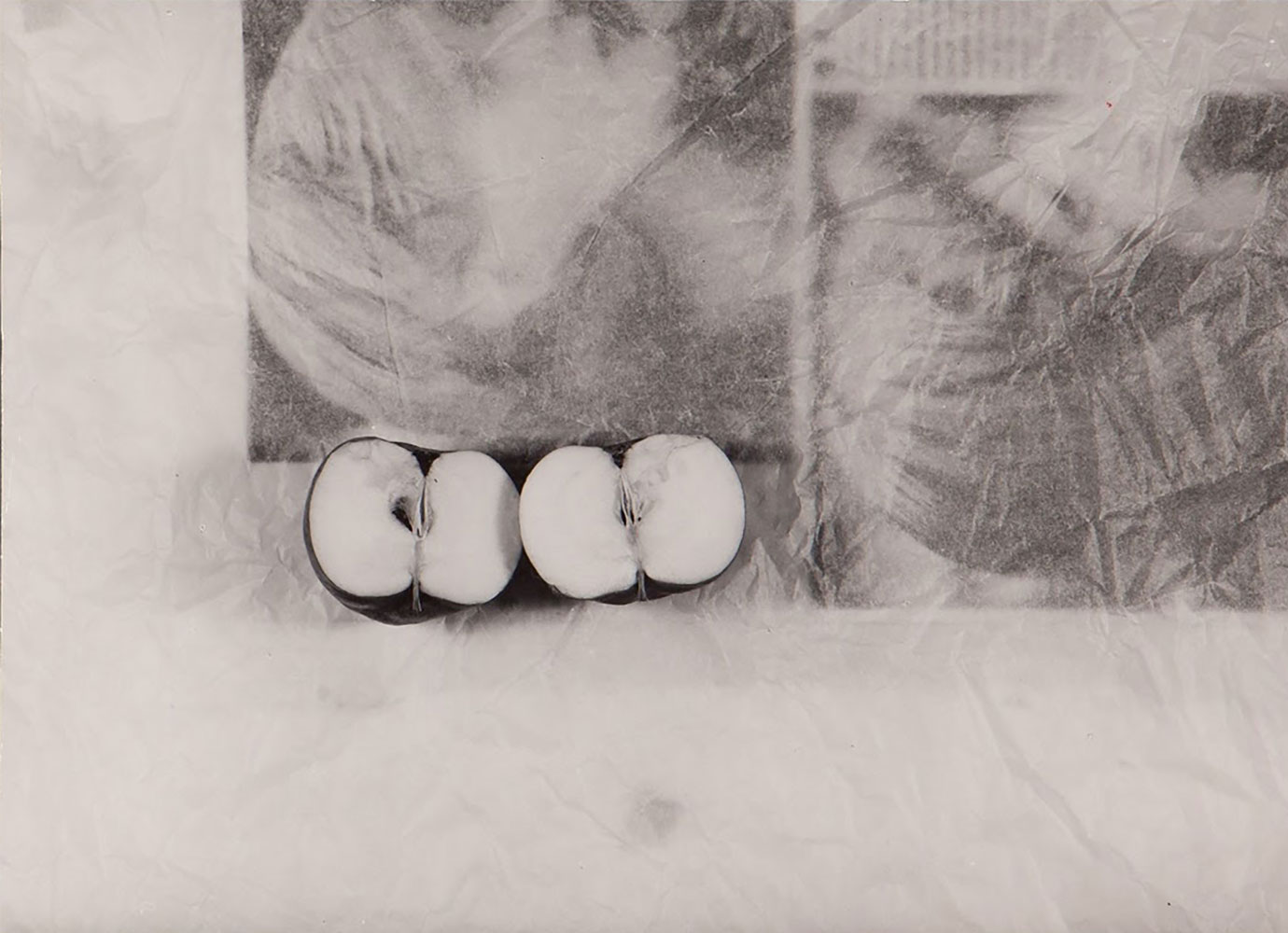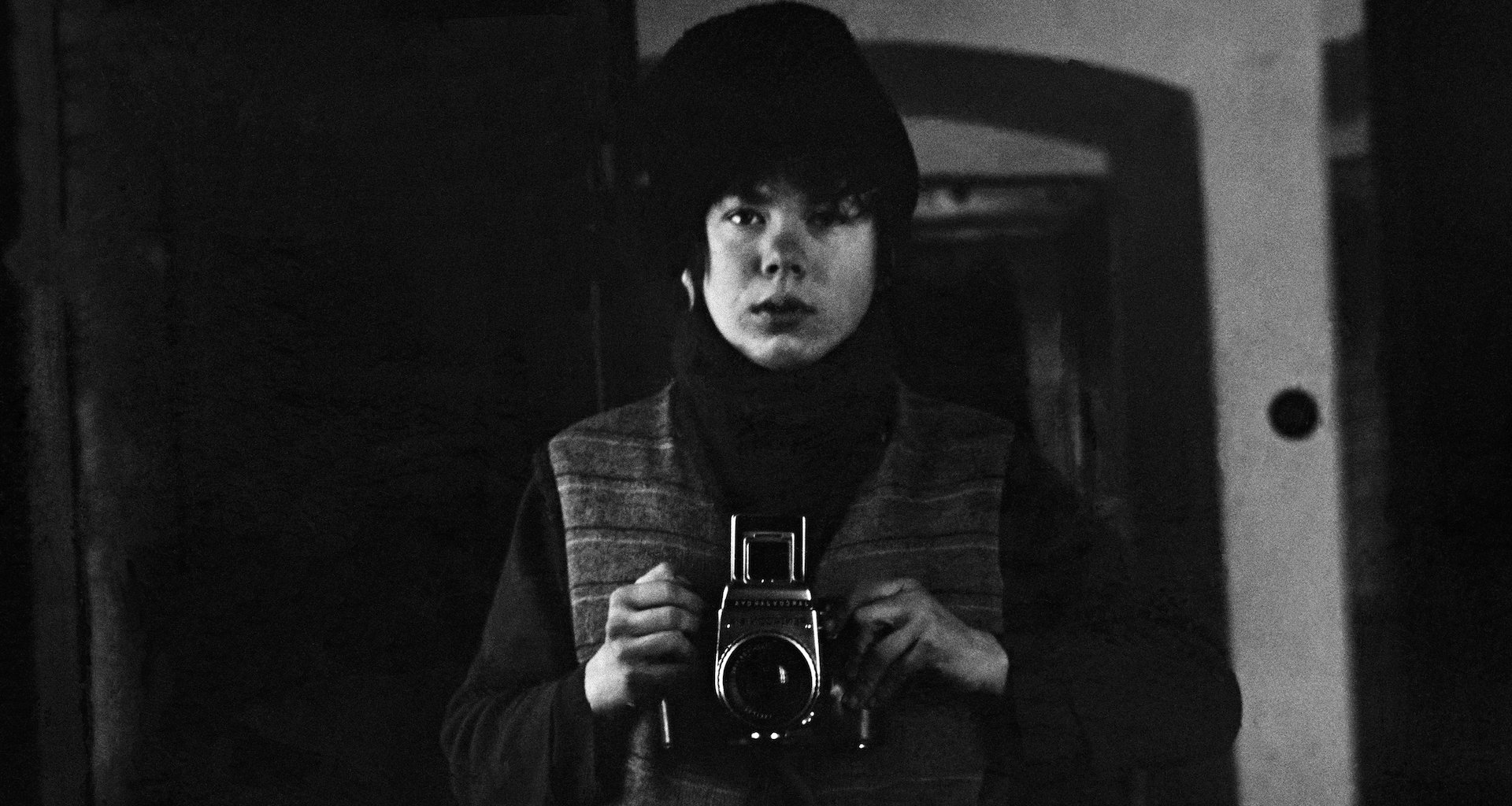Celebrating Czech avant-gardist Bèla Kolářová, who defied the notion that ‘the entire world has been photographed’

We look at the work of Czech artist Bèla Kolářová, born on this day in 1932, who began her career experimenting in the darkroom and went on to champion small, everyday, domestic objects which are usually taken for granted.
A discrete yet influential member of Czechoslovakia’s avant-garde, Bèla Kolářová (b. 1923) created photography, collage, and assemblage using ordinary domestic objects such as clumps of hair, paper clips, razor blades, and playing cards. Whimsical in its elements and oftentimes in its compositions, her work is intimate yet subtly political, speaking of the beauty and complexity of the marginal and the overlooked — concepts she would not have been unfamiliar with, as a woman artist with no formal training living in a satellite state of the Soviet Union.
Her practices confronted and challenged past history and key themes circulating in the cultural sphere at the time, from minimalism’s grids to feminist concerns with intimacy. But her career was, until recently, largely overshadowed by the work of her husband, the poet Jiří Kolář. Following a presentation of her work at contemporary art exhibition documenta in Kassel in 2007, she has received renewed international interest. Today, the Metropolitan Museum of Art in New York and the Tate in London hold several of her works in their collections.
Seminal Moments
Kolářová started making art in her 30s, when a bout of tuberculosis forced her to leave her job of 15 years at a publishing house in Prague. Now eligible for a disability pension, she became exempt from the communist party’s obligation of employment and took up photography. Her first series, Children’s Games (1957), shows kids playing in the capital’s streets, and while she later dismissed this early work, it foreshadows her lifelong engagement with the marginal, the peripheral, and the overlooked.
Kolářová quickly abandoned the camera to focus on photography made in the dark room and its laboratory-like environment. Customising techniques from Man Ray and the 1920s New Vision movement, she placed organic matter and small objects between celluloid sheets, creating artificial negatives that she called vegetage or photomontage, depending on the matter used. When Kolářová projected these onto light-sensitive paper, the subsequent images highlighted the delicate textural qualities of the matter trapped in the celluloid, from the veins of a leaf to the wavelike threads of hair (as in Eurydice, 1964), which she sometimes arranged into shapes and letters.
Spona, photogram (1968)
From 1964 to 1971 she created assemblages out of the objects themselves. In her Dishes series, trivial objects like rhinestones, razor blades, fishing lures, and toothpaste caps were glued to sheets of glass or mirror and displayed in drying racks. In the 1970s, she kept the geometric compositions of her earlier works but changed her materials: she started using lipstick, eyeshadow, and eyeliner. She dabbed and swiped them across paper the same way you would on your face, creating round shapes with blush and faded crescents with eyeshadows, thereby suggesting facial elements without depicting them directly.
From 1980 to 1999, Kolářová and her husband lived in exile in Paris. A few years prior, Kolář had signed the Charta 77, a document which criticized the government’s failure to uphold human rights that became illegal to circulate. Many signatories later became important figures in post-comunist Czechoslovakia, following the 1989 Velvet Revolution.
Business Cards (Diary from the week in the mountains) (1977)
Defining features
In 1968 Kolářová wrote a rare statement about her work, a critique of the statement by ‘Cartier-Bresson or some other photographer’ that ‘the entire world has been photographed!’. Sceptical of this pronouncement, she began looking at her surroundings, wondering if everything had, in fact, already been photographed. Gradually, she writes, she began to notice a world that was left out, a world “so negligible and everyday as if past merit of being photographed; small things, indispensable for our life yet taken for granted so that we hardly notice them in spite of their great number, things which, to our annoyance, assert their existence at the very moment of their demise.” Kolářová’s practice was defined by this lifelong inquiry of the flotsam and jetsam of everyday life, but rather than offering an interpretation of these objects and materials, she re-assembles and re-configures them, making them new and strange, like a foreign language encountered for the first time.
Bullets and Flowers (1974)
Compositions to take notice of
Kolářová’s practice is often discussed in relation to the domestic sphere her materials are sourced from, yet her compositions frequently evoke the world of science. In the ‘Dishes’ series, for example, her sheets of glass and mirrors displayed in dish racks equally evoke tableware left out to dry as they do microscope slides. Her make-up series, meanwhile, sometimes organises the dabs of and smudges of lipstick and blush in the precise and rigorous manner of an entomologist classifying insects and butterflies. Others feature the tightly organized patterns of electric and computer circuit designs, like Variation: Two Triangles IV (1968).
While Kolářová’s practice was manifold, moving across disciplines and materials over the decades, her various series share an almost scientific approach to objects of everyday life, as though these objects, usually so invisible to us, not only deserve close study but also hold within themselves hidden knowledge only waiting to be discovered.
Eurydice (1964)


